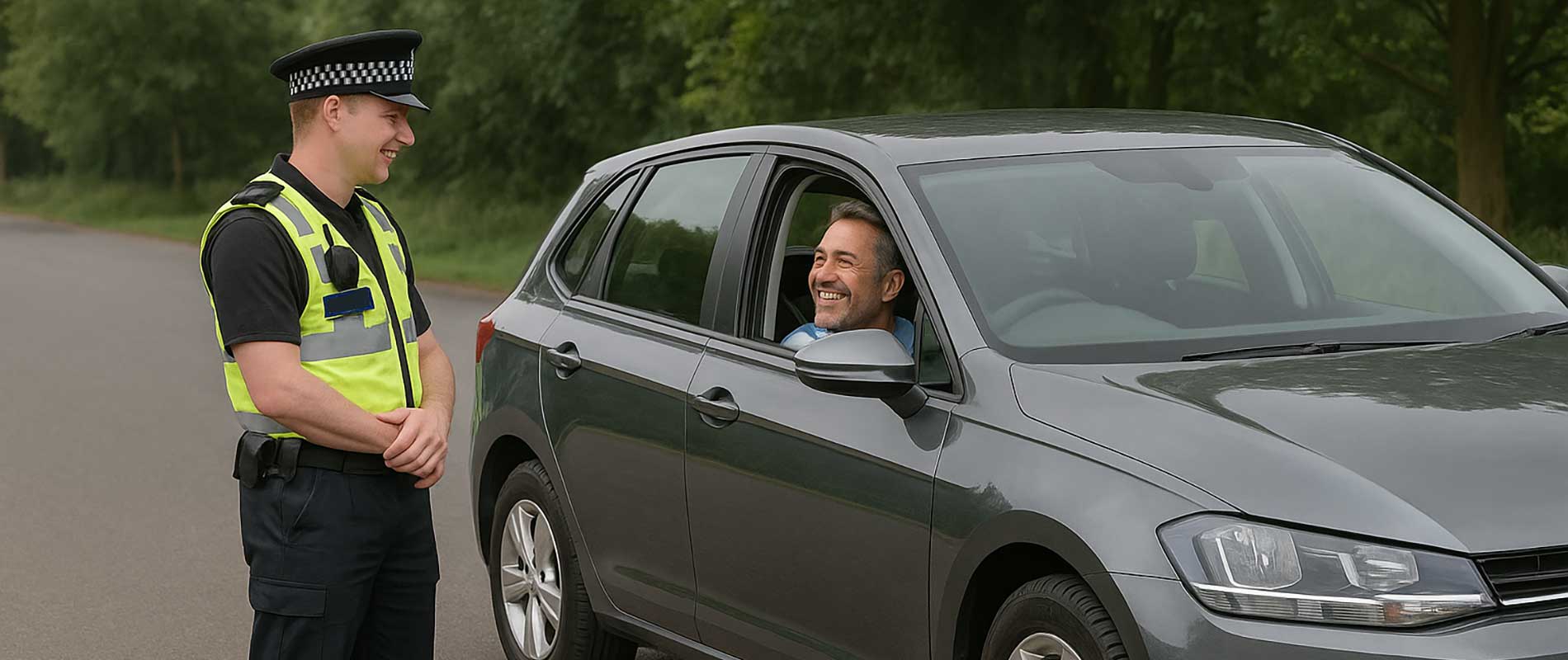What “ban ended” actually means
When a court disqualifies you from driving, the ban has a clear end date. Once that date passes, you are no longer disqualified in principle. Simple enough, but here’s the catch: being legally allowed to drive again is one thing, being ready to drive someone else’s car is another. Have you got your licence back, and is it up to date? If not, you are not entitled to drive yet. So before you accept the keys, make sure the formalities are complete.
Check your licence first
Don’t assume the paperwork has sorted itself. Some bans require you to return your photocard licence, or to notify the DVLA before your entitlement is fully restored. Have you received the updated licence, and does it show the right categories for the vehicle you mean to drive? If you drive without a valid licence you risk prosecution, which is exactly what you are trying to avoid. A quick call to DVLA or a check of your licence details will save a lot of worry.
Insurance matters more than you might think
Permission from the car owner is necessary, but it is not sufficient. You must also be insured to drive that vehicle. There are several common arrangements: the owner can add you as a named driver, their policy may include a driving-other-cars extension, or you can arrange your own short-term cover. Which option applies will depend on the policy wording. Ask the owner to confirm the policy covers you, in writing if possible. If the car is uninsured for you, driving it could be illegal and costly, even if your ban has ended.
Named driver, or “driving other cars”; what is safer?
Named driver status is usually the cleanest route. It means the insurer has accepted you as a driver of that vehicle, with any loadings or conditions they require. Some policies allow occasional use by other drivers, but many modern policies restrict that or impose higher excesses. If you have recent convictions, an insurer may refuse to add you, or may apply extra charges. So ask: will they add you, and at what cost? If that sounds steep, a specialist policy for the short term may be cheaper than inflating someone else’s premium.
Practical checks before you get behind the wheel
Once licence and insurance are confirmed, run through a quick safety checklist. Is the car taxed, MOTed, and in a roadworthy state? Are you comfortable with the vehicle, and is it appropriate for your licence category? If you will be driving for work, does the employer or the owner need separate business cover? Little things matter. A simple visual check of tyres, lights and oil can prevent a roadside problem that could otherwise lead to an insurance dispute.
When it might be wiser to wait
Sometimes the sensible option is to hold off. If the insurer is reluctant, if your licence restoration is unsettled, or if you feel rusty, delay. Being patient pays off. Taking an extended test drive with the owner present, or completing a refresher lesson, can rebuild confidence and provide evidence to an insurer that you are managing the risk responsibly. After a conviction, insurers notice steady, claim-free driving more than anything else.
Final thought: permission is only the start
Yes, you can drive someone else’s car after a UK driving ban ends, but only once the legal and practical boxes are ticked. Permission from the owner, a valid licence, and clear insurance cover are all essential. Skip any one of those and you risk fines, invalidated cover, or worse. Want to be sure? Double check everything, be honest about your history, and take a calm approach to getting back on the road. It’s the sensible way to rebuild trust, and to keep moving without drama.

